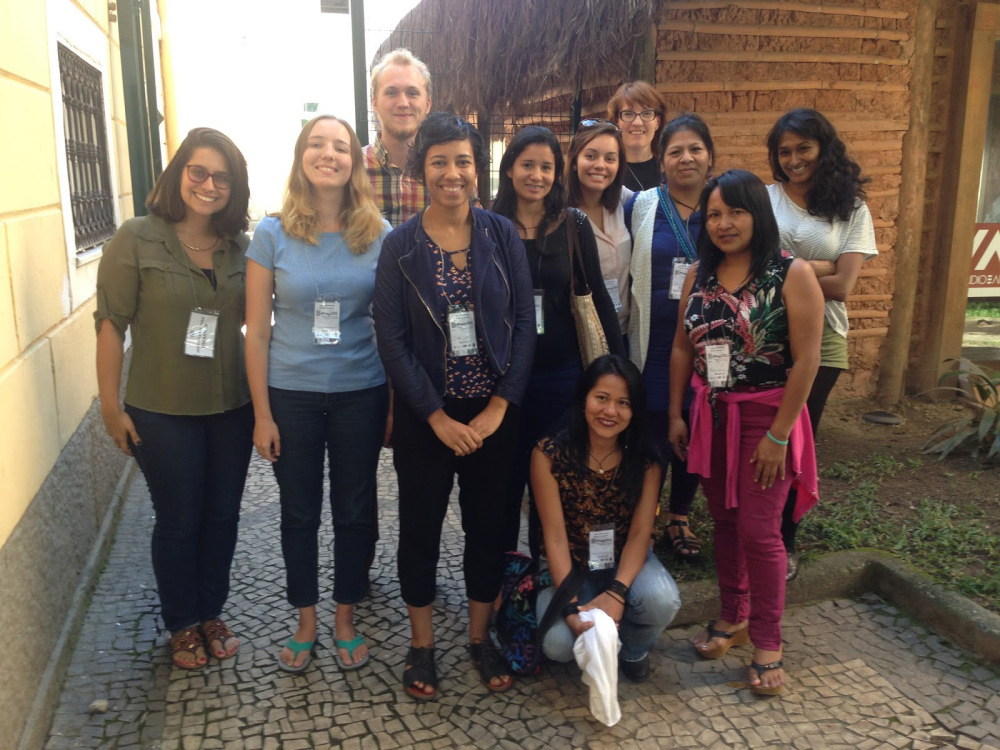We’re pleased to share the news that Carolyn Anderson will be presenting work related to her first GP at two major upcoming conferences.
Carolyn will be presenting a talk titled “The Andative and Venitive Construction in San Lucas Quiaviní Zapotec” at the conference Multi-Verb Constructions: Semantic, Syntactic and Typological Perspectives (MVC2017) at Humboldt University in Berlin on December 7-8.
She will also be presenting a talk titled “The San Lucas Quiaviní Zapotec Andative and Venitive” at this year’s meeting of the Society for the Study of Indigenous Languages of the Americas (SSILA), which (as always) will be held with the LSA (Salt Lake City; January 4-7).
Both talks will be presenting Carolyn’s original fieldwork on the syntax and semantics of the so-called ‘andative’ and ‘venitive’ makers in San Lucas Quiaviní Zapotec, which forms a major part of her first GP (defended last semester).













